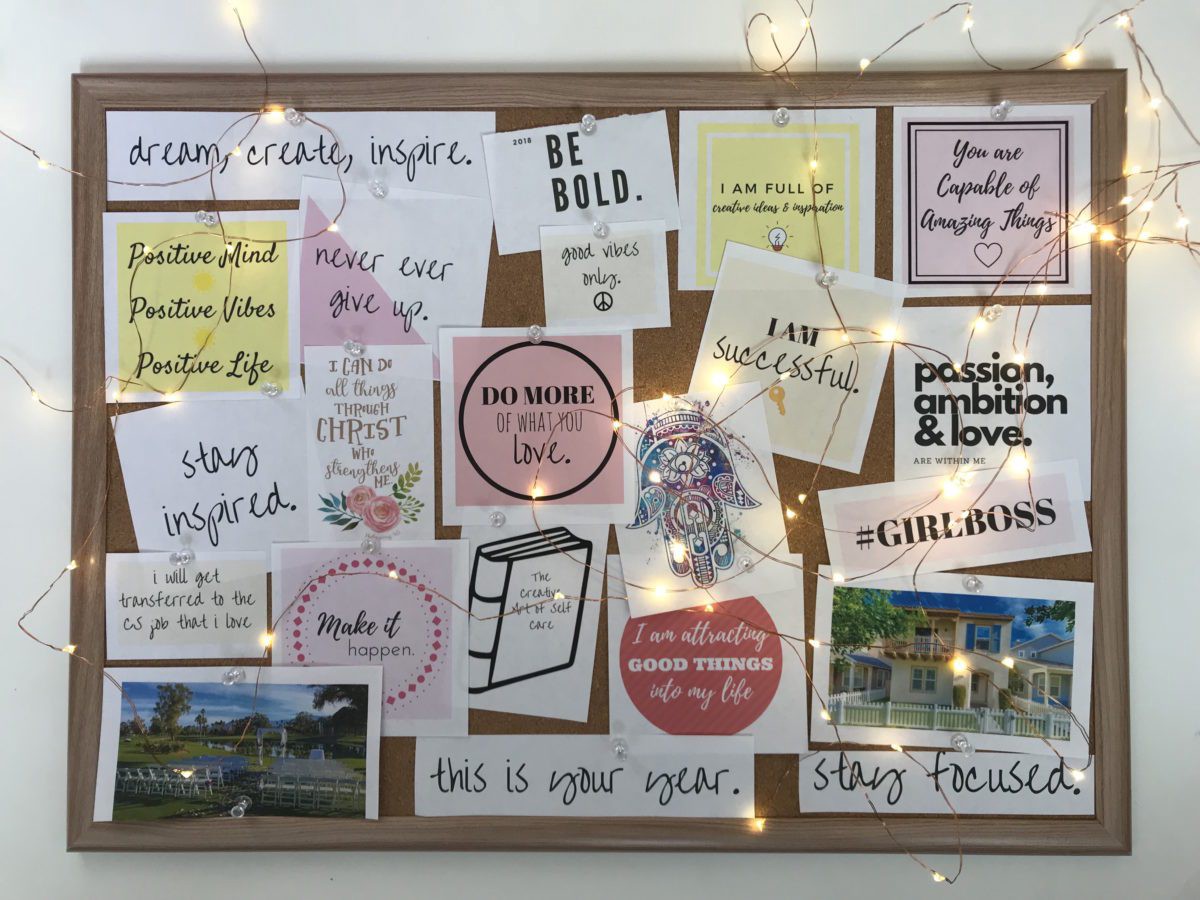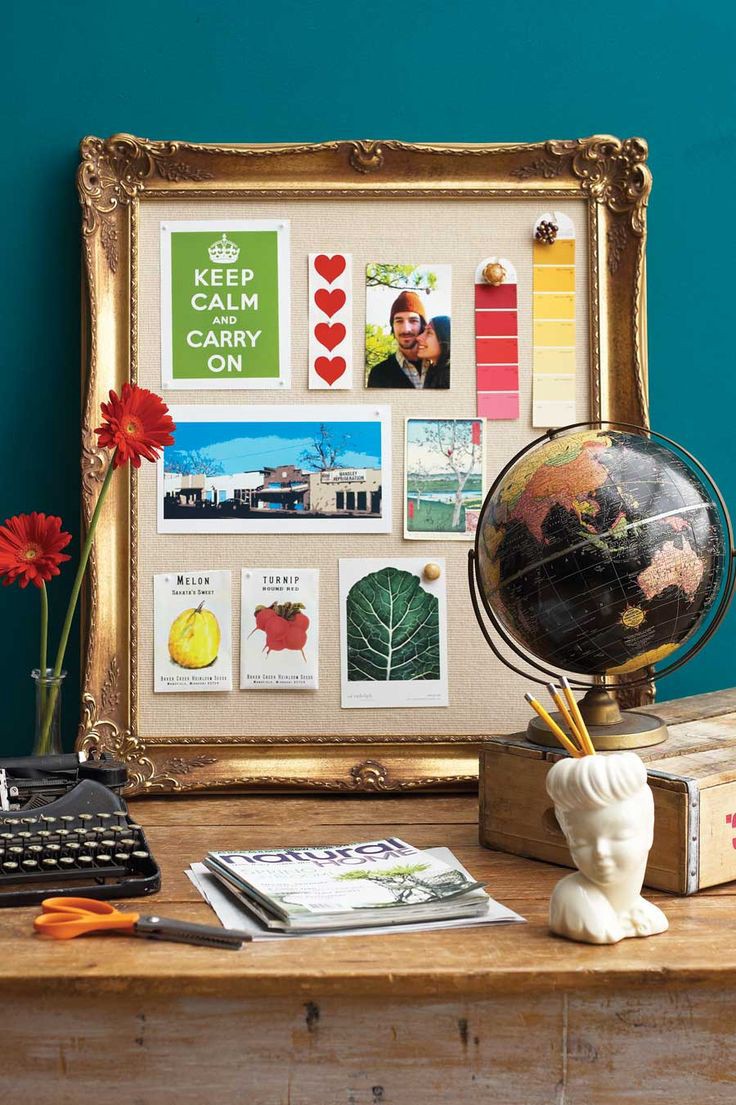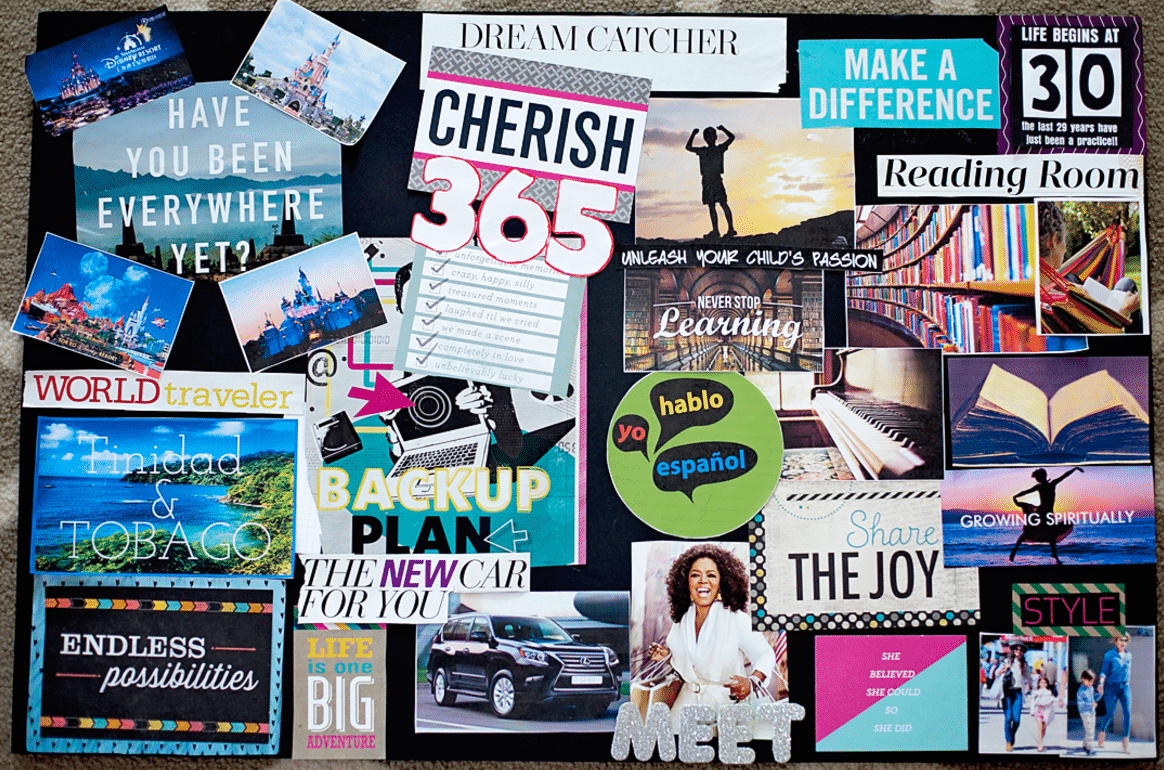And Never Lose Sight Of Your Goals Again

Are you working on the right things? Consider that you?ll clock in roughly 1,842 hours of work this year. Assuming you?re getting 8 hours of sleep every night, that number will total 92,100 hours over a 50-year career ? roughly 35% of your total waking hours. Is that enough time? Your answer to that question depends on where you are relative to the finish line (your definition of success). I know you work hard. And I do no doubt that on any given day, you?re working on a lot of things. But I have to ask once again: are you working on the right things?
Have you said yes to the things that will bring you closer to realizing your vision of the future? And have you answered no to the things that will hold you back? When you?re caught up in the daily grind, it?s easy to lose your sense of direction. Milestones like raises and promotions, while markers of progress, might become distractions; moving upward doesn?t always mean you?re moving forward. Without your bearings, in some cases, you might even move backward.
A simple and highly effective strategy to keep your eyes on the finish line is to create a vision board.

Visualizations are powerful. And people who visualize their goals with a vision board (or a less formally organized collection of visuals) tend to be more confident they will achieve them than people who don?t. In 2016, TD Bank surveyed more than 1100 people and 500 small business owners to learn about their visualization practices. The results were stunning:
- 76% of business owners said that today their business is where they envisioned it would be when they started it.
- 82% of business owners that used a vision board from the get-go reported that they had accomplished more than half the goals they included on that board.
- 67% of those surveyed believed that pictures of their goals would improve the odds they would achieve them.
Your vision board doesn?t just have to be comprised of images. It could feature words. It could have anything that helps you to visualize who you want to be and the life you want to live. The end result should help you stay focused when the going gets tough by reminding you of what truly matters.

Whether you?re doing it individually or as a group, there are tangible benefits to creating a vision board. If you?re still on the fence, consider these science-backed benefits:
- Improved well-being. A 2014 study revealed that people who demonstrate a sense of purpose in their lives have a 15% lower risk of death compared with those who said they were more or less aimless.
- Professional fulfillment. The 2015 U.S. Purpose Index study found that purpose-oriented employees have 64% higher levels of fulfillment in their work.
- Higher innovation and retention. Research from Deloitte shows that ?mission-driven? companies have 30 percent higher levels of innovation and 40 percent higher levels of retention.
- Meaning over recognition. 84 percent of millennials say that making a difference is more important than professional recognition.
- Higher returns for purpose-driven companies. The authors of the book Firms of Endearment built an 18-firm index of purpose-driven companies and tracked their financial performance over 10 years. They found that the 18 companies showed an average annual return on equity of 13.1% ? that?s 9% higher than the S&P.
An articulated vision is vital to success. And vision boards are time-tested ways to externalize your vision. So how do you get started? What?s the big secret to creating a vision board that works?
I?ve broken it down into four simple steps:
Step 1: Clarify Your Vision
Get clear about what you want and how you want to feel. What do I want my life to look like? Am I happy with my body, career, or relationships? Create your definition of success. In another Ideas Into Action post, I explained that your vision is simply your dreams of the distant future. These are some additional questions to help you clarify them:
- What do I want people to say about me years from now?
- What is the perfect version of me?
- If I had all the resources in the world, what would be different about me?
If you?re stuck on this step, write your eulogy.

Step 2: Create Your Board
Don?t overthink the creation of your board. You can create it on Pinterest, Tumblr, or Instagram. Or you could buy a cork board, photo book, or canvas. Hell, you could just doodle things on a blank piece of paper. Find a visual medium that works for you and fill it with your dreams.

As I mentioned earlier, your vision board should also focus on how you want to feel, not just on things that you want. The material stuff is important. However, the more your board focuses on how you want to feel, the more it will come to life. Add things to your board that inspire and motivate you. The purpose of your vision board is to bring everything on it to life. I break down my vision board into six distinct categories: relationships, career, finances, home, travel, growth (including spirituality, social life, education), and health. Yours doesn?t have to follow this exact structure. But do give attention to the various areas of your life. Keep a mental inventory of what you want each of those areas to look like and write them down. Then find the corresponding visuals that either depict or signify your definition of success.
Step 3: Display Your Board
In the wise words of Oprah:
?What you focus on expands, and when you focus on the goodness in your life, you create more of it.?
Put your vision board somewhere where you?ll see it every day. Bailey Parnell has her framed vision board beside her desk. I have mine as the background of my phone and laptop. The key is to keep it somewhere that you can see at least once a day in order to keep it at the top of mind; you?ll be amazed at how things seem to just appear serendipitously once you set the intention for what you want and how you want to feel.

Step 4: Revisit Your Board
Revisit your board whenever it feels right. I often leave blank spaces on my vision board so I can accept new goals as they appear in my life, and add and rearrange during the year when I feel it. At the end of each year, I give the board a total refresh to get clear about what I want in the new year. It usually depends on the results of my Year Compass exercise. Some things stay, and some things don?t. And as long as you?re sustaining forward momentum, don?t feel bad about scrapping goals.
Visualization works. In fact, Olympic athletes have been using it for decades to improve performance. Psychology Today reported that the brain patterns activated when a weightlifter lifts heavy weights are also similarly activated when the lifter just imagined (visualized) lifting weights. Those of us whose work involves lots of task-switching are susceptible to losing sight of what we?re working towards. Vision boards are a way to defend us from getting distracted and ultimately lost. They are reminders of what your goals are on a daily basis. They give you the motivation to face challenges and go the extra mile.
 For more actionable insights, subscribe to the Ideas Into Action weekly newsletter. No spam, no gimmicks ? just one new post every Sunday morning: http://hamzakhan.ca/newsletter
For more actionable insights, subscribe to the Ideas Into Action weekly newsletter. No spam, no gimmicks ? just one new post every Sunday morning: http://hamzakhan.ca/newsletter


